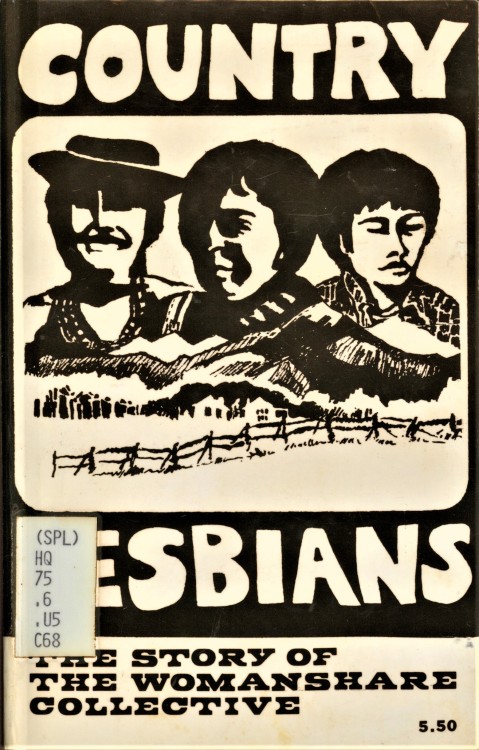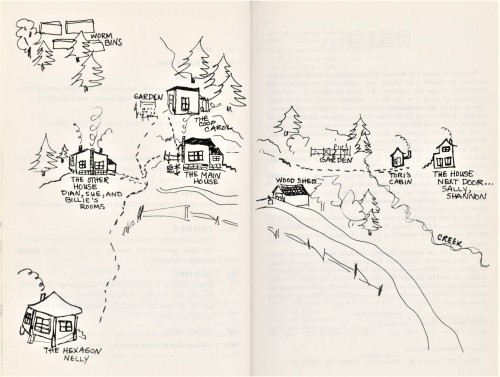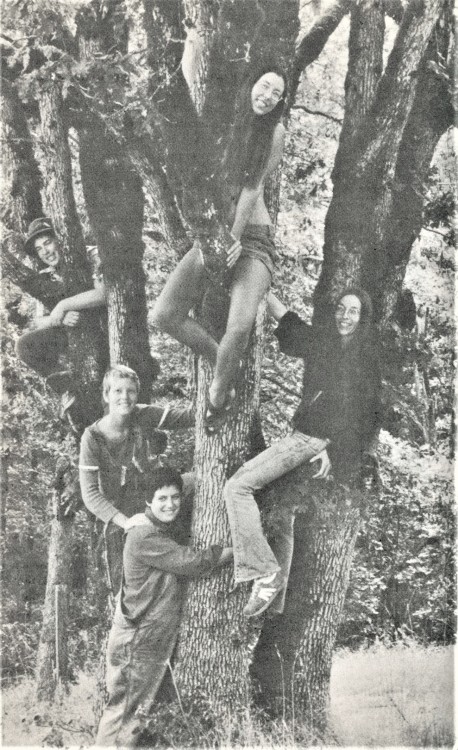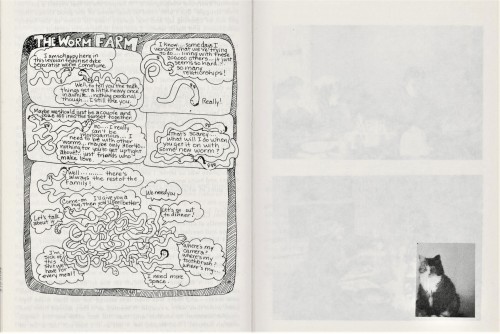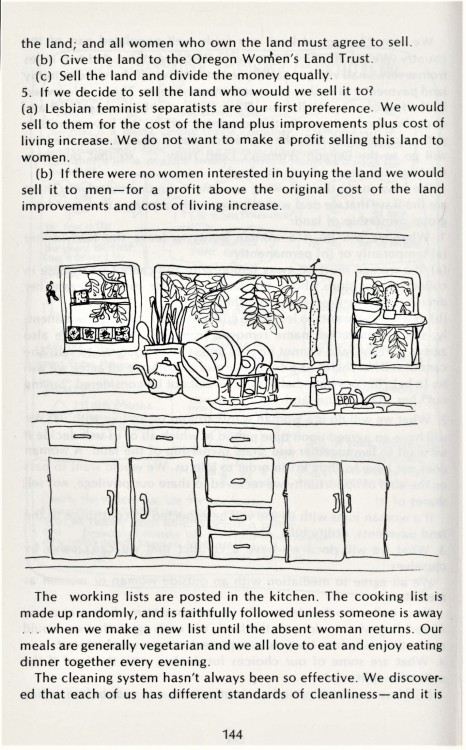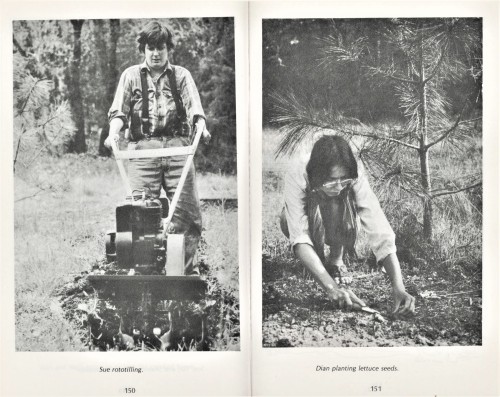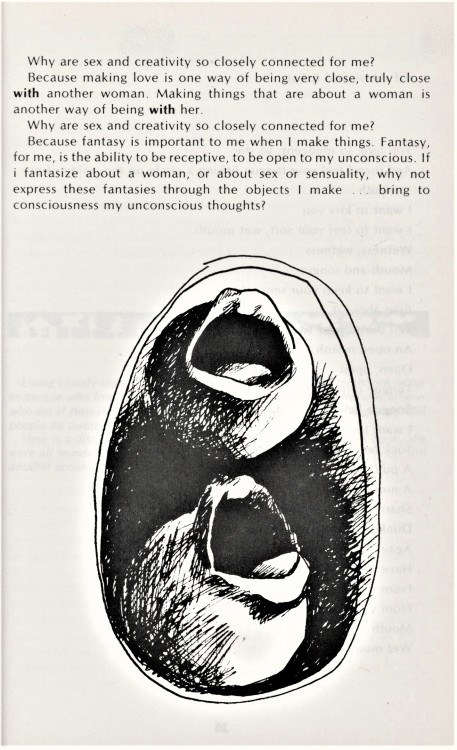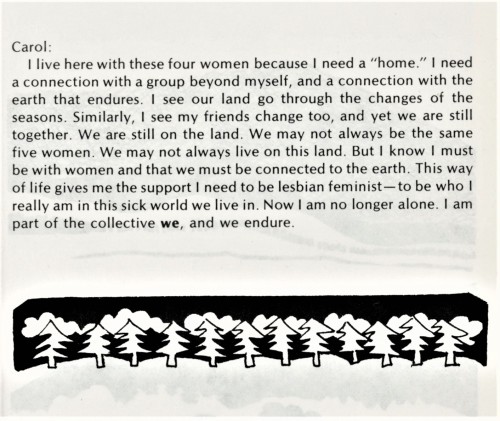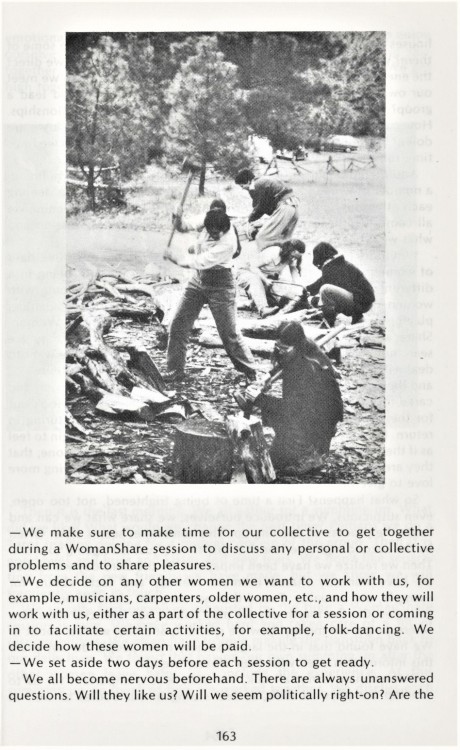#collectives
Staff Pick of the Week
For my Staff Pick, I chose a book titled Country Lesbians: The Story of the WomanShare Collective written jointly by Sue Deevy,Nelly Kaufer,Dian Wagner,Carol Osmer-Newhouse, and Billie Miracle. This book was published in 1976, by WomanShare Books in Grants Pass, Oregon. It was typeset by MaryAnn, who is shown in the back of the book.
In the 1970s, there were many women, usually lesbians involved in the back-to-the-land feminist movement who separated from society in order to escape patriarchy, capitalism, and homophobia. This book is a unique primary source that gives the reader a first-hand look at their collective situated on 23 acres of land in southern Oregon. It includes poetry, transcriptions of conversations, illustrations, letters, journal entries, photographs, tutorials, and more.
TheWomanShare collective wrote this book together after two years of living on the land. It is a text that explores so many different topics, such as friendships, relationships, identity, family, money, power, politics, class, and how they dealt with these personally and collectively.
I chose this text because it feels like a portal into a time, place, and community that has striking differences and similarities to today’s age. At the time the book was published there was estimated to be around 150 of these communities, and today there are a few remaining with varying practices and ideals. Still, Country Lesbians remains one of the only primary sources of its kind on this frontier.
– Clare, Special Collections Undergraduate Assistant
Post link

